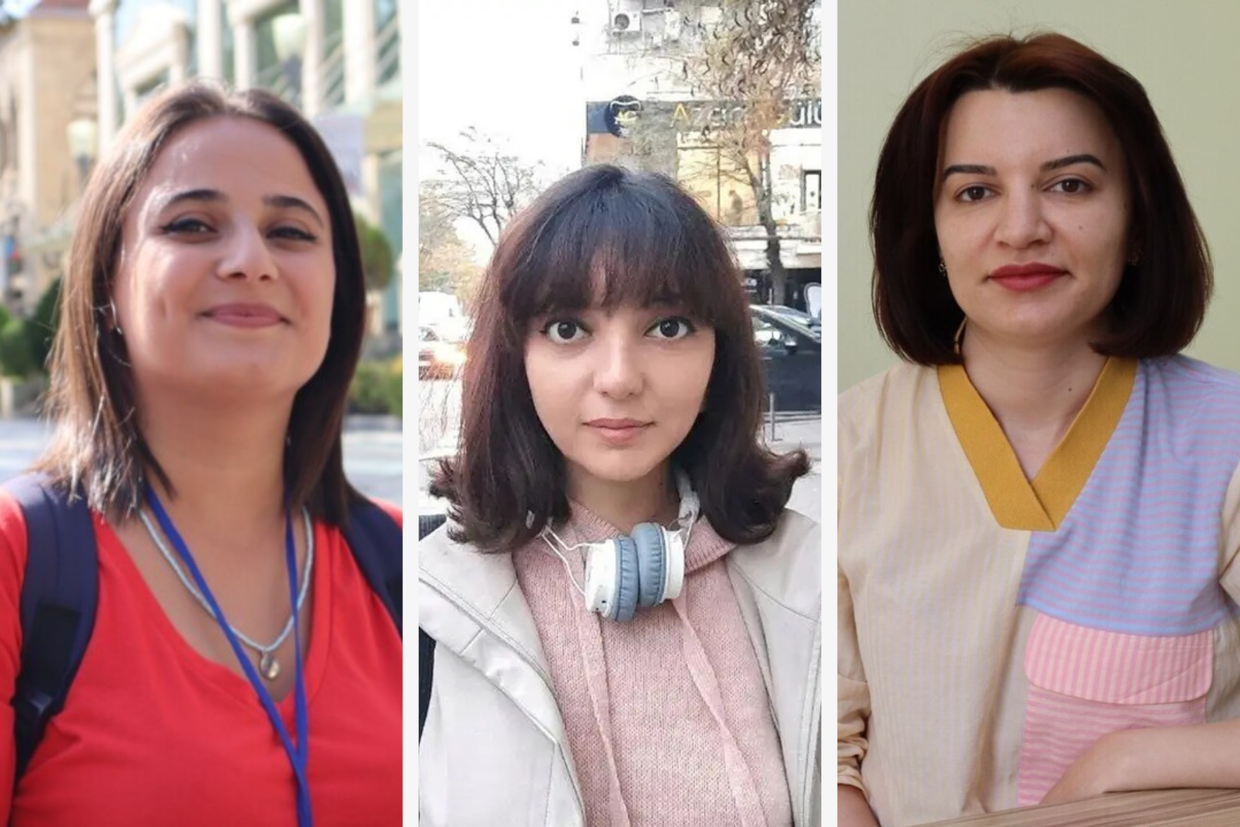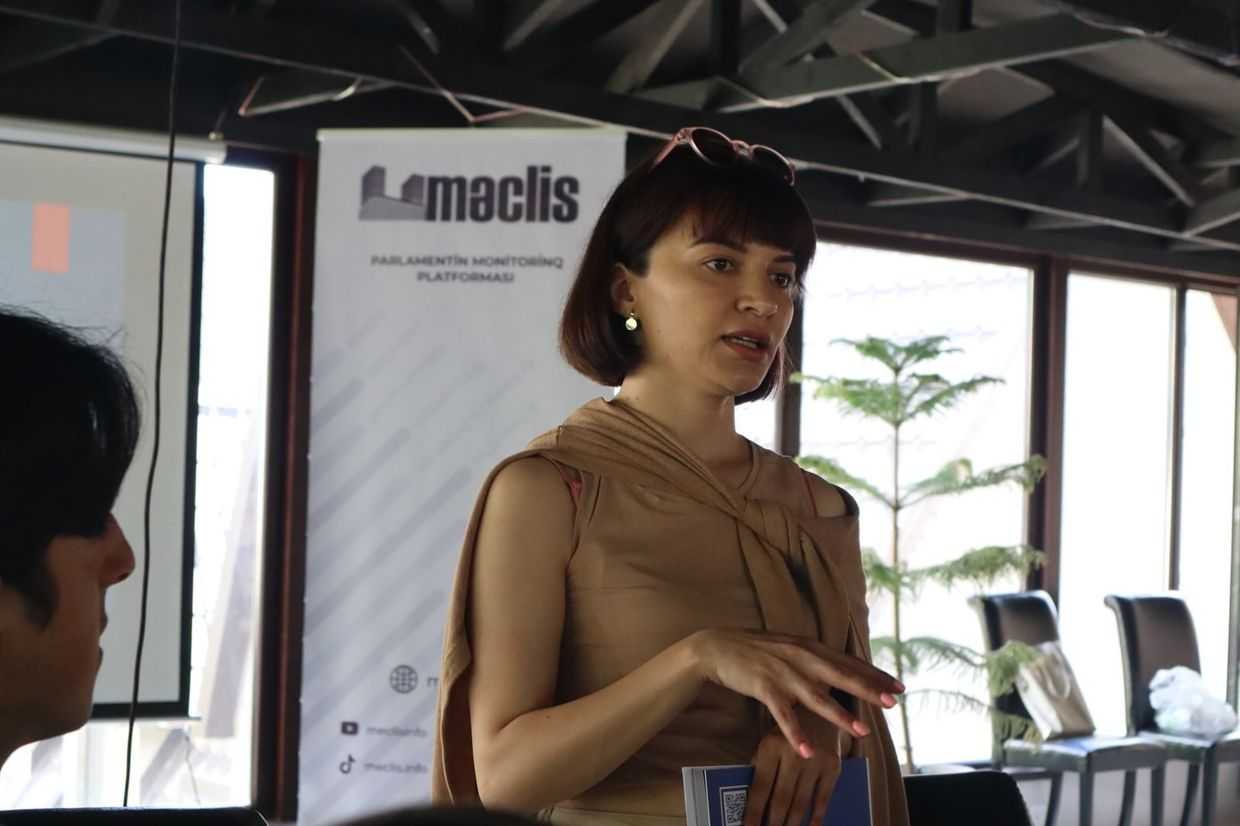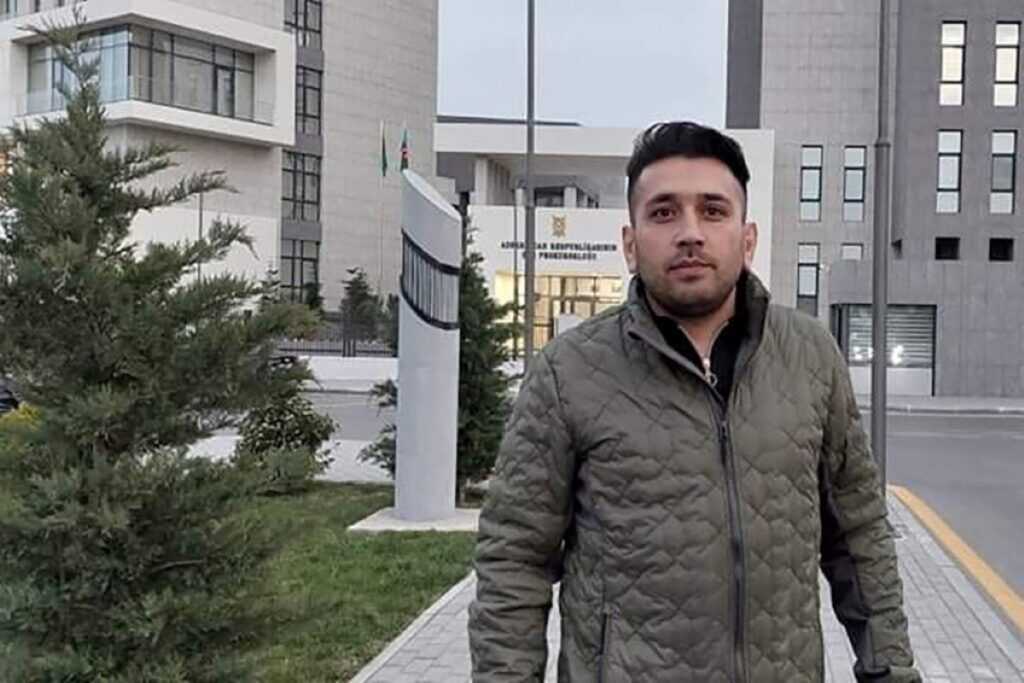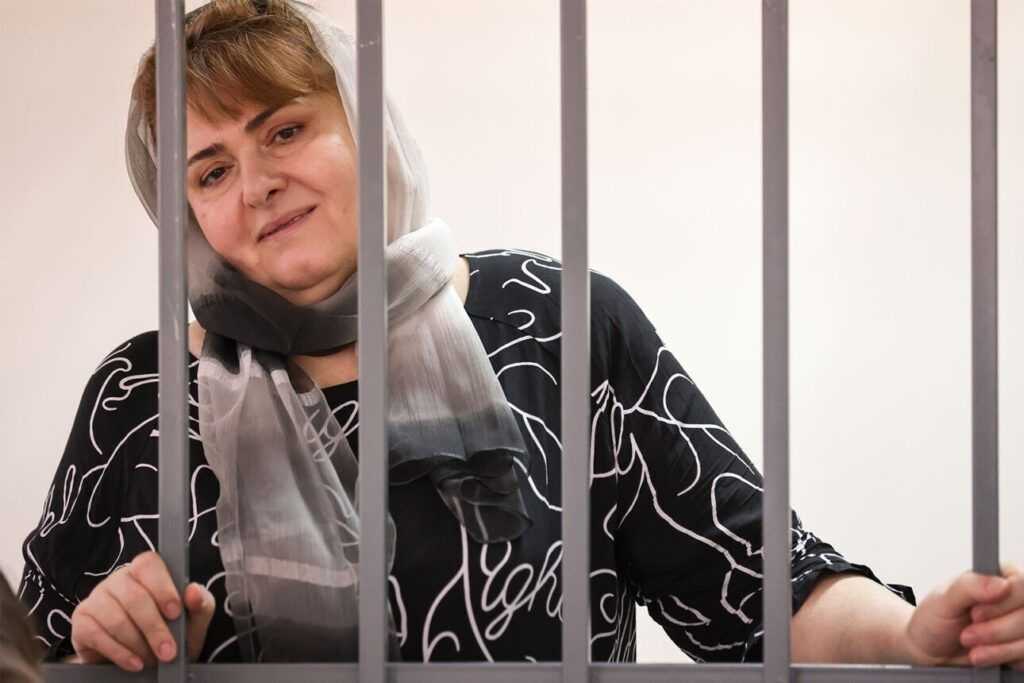Opinion | By imprisoning Abzas Media, Azerbaijan has turned its prisons into newsrooms
A new form of prison journalism has emerged — one with a uniquely feminist lens.

In Azerbaijan, prison is supposed to silence you. It is meant to break the body, isolate the voice, and remove the individual from public life. Yet paradoxically, the Azerbaijani government, by locking away the country’s most outspoken independent journalists, has opened the gates to one of the most significant innovations in the local media landscape: the birth of prison journalism.
Since their arrest in late 2023, reporters from Abzas Media, once an investigative newsroom exposing corruption in the highest echelons of power, have continued their work behind bars. Deprived of newsrooms, microphones, and cameras, they used what remained: their pens, their memories, their attention to detail, and the courage to write from within the walls that were meant to swallow them.
The result is not just a handful of prison diaries. It is something much larger: a body of journalistic work that documents the everyday functioning of Azerbaijan’s carceral system, written with the precision of investigation and the urgency of testimony. And it only emerged because repression forced reporters into the very spaces they would otherwise have been barred from entering.
Uncovering prison abuses — from wide-scale bribery to torture
Prison literature has a long lineage. From Antonio Gramsci’s Prison Notebooks to Aleksandr Solzhenitsyn’s The Gulag Archipelago, incarceration has often produced texts of resistance. But Abzas Media’s project is distinct: it is not confined to the solitary ‘I’. These journalists have instead turned their imprisonment into an investigative lens, systematically documenting what they see, hear, and endure.
They have written about corruption in penitentiary institutions: how guards monetise every interaction, how ‘services’ — from hot water to safe cells — were available only after bribery. They have described Azerbaijan’s version of ‘dead souls’ — prisoners registered as workers but never actually employed, allowing officials to pocket state salaries. They have exposed the hidden economy of the courts’ holding boxes, where detainees waiting for hearings are shaken down with the ritual question, ’What have you brought?’ — a euphemism for bribes to secure basic treatment.
They have reported on torture, detailing how men were hung from grates and beaten with batons, sometimes directly under posters that read ‘Say No to Torture’. Journalist Ulvi Hasanli counted 58 cases of torture in one facility over six months. They described how visits from the human rights defender were staged, with torture cells disguised as storage rooms before officials arrived.

They have scrutinised healthcare, including in the Baku Detention Centre, where they described how doctors handed syringes to prisoners and told them to inject each other. They wrote of a woman in need of a gynecologist dismissed with the comment: ‘what qualified doctor would work here for ₼800 ($470)?’, and of a woman who lost her child due to medical neglect. And they documented an almost surreal case: a woman prisoner diagnosed as pregnant by a prison ultrasound who in fact had no female reproductive organs at all, because they had been surgically removed years before.
They have even investigated food. On paper, the state guarantees meat, fish, fruit, and vegetables. In reality, the meals were so rotten that, as one guard admitted, ‘I gave this meat to my dog, and my dog did not eat it’. Reporters compared government decrees with daily rations, documenting the gulf between law and practice.
This is journalism, not anecdotes: gathering evidence, building patterns, establishing systemic abuse. It is forensic reporting on the collapse of basic rights.
A paradoxical amplification of women’s voices
Perhaps the most transformative aspect of this prison journalism is that much of it has been written by women. In a country where women’s voices in investigative reporting are rare, their imprisonment has paradoxically amplified them. And their vantage point matters: it turned prison into a site for feminist observation.
Nargiz Absalamova and Elnara Gasimova have written not only of hunger and neglect, but of gendered humiliation.
They have documented how women prisoners were forced to dress ‘invisibly’, to hide their bodies under ill-fitting clothes lest they attract the judgment of male guards. They have shown how verbal abuse policed women’s identities as much as physical force: ‘You are a woman, behave modestly’.
They have also revealed the symbolic violence of rituals: the prison administration handing out roses on International Women’s Day, while on ordinary days, female prisoners endured humiliation and invisibility. They described how women’s health, menstruation, pregnancies, and even miscarriages unfolded in conditions of deprivation, making the prison an intensified site of patriarchal control.

By writing on these topics, they have expanded the very notion of prison journalism, showing how power intersects with gender and how the female body becomes doubly incarcerated: once by bars, and again by patriarchal norms enforced within those bars.
This feminist turn situates Azerbaijan’s prison journalism within a global tradition of women writing incarceration: Domitila Barrios de Chungara’s Bolivian testimonies of female miners imprisoned under dictatorship, Alicia Partnoy’s The Little School about Argentina’s clandestine detention centres, or the prison letters of Czech dissident Dana Němcová. These works remind us that women’s voices do more than add perspective: they expose forms of domination invisible to male accounts. Abzas Media’s women journalists now join that canon.
From repression to adaptation
If these journalists had requested access to prisons while free, they would have been rejected outright. The penitentiary system is one of the most opaque institutions in Azerbaijan, guarded by secrecy and denial. International observers, human rights defenders, and even lawyers face immense barriers to seeing what happens inside.
And yet, by arresting Abzas Media’s reporters, the state itself provided them the access it would never have granted. The government intended their imprisonment as punishment, as the end of their journalism — instead, it became the beginning of a new journalistic form.
This is the paradox: repression generated revelation. What was meant to be silence became documentation. What was meant to be hidden became public.
On 25 September, news broke that the women journalists of Abzas Media had been transferred from Baku to a penitentiary complex in the Gurumba village of Lankaran, a three-hour drive from the capital. For their families and lawyers, the move means long journeys, reduced visits, and an even harder time maintaining regular contact. Opposition figures argue that this transfer is not routine, but a deliberate act of isolation, designed to restrict the journalists’ ability to send letters and materials to the outside world.
Seen in the context of their writings, the transfer is deeply symbolic. The state has recognised the danger of their words, not just their presence. By moving them further away, the authorities hope to sever the fragile lines through which their prison journalism reaches the public. It is a reminder that each text published from behind bars is a victory wrested from surveillance and censorship.
Today, as the government pushes them further away from their families and lawyers, the significance of their work becomes even clearer. What the regime sought to bury has instead become a living archive of its own abuses.

Prison journalism is not merely literature of suffering. It is a tool of accountability. In authoritarian states, prisons are laboratories of power: places where the state experiments with control, violence, and impunity. To write from within is to breach the state’s monopoly on truth.
For Azerbaijan, this matters on several levels. It provides evidence for human rights advocacy, documenting patterns of abuse that can inform international bodies and courts. It gives voice to the voiceless — not only to the journalists themselves, but to the hundreds of ordinary prisoners whose experiences they record. It demonstrates the resilience of journalism: that even stripped of freedom, reporters can continue to practice their craft, and even innovate.
Globally, it reminds us that journalism does not die under repression. It adapts. In Azerbaijan’s case, it has found new soil in the most hostile environment: the prison cell.
And when the history of independent media in Azerbaijan is written, it will remember this paradox: that the prison itself became a newsroom, and that women and men behind bars became the nation’s most indispensable reporters.










